Contents
The look of a gleaming carburetor is a thing of beauty to most auto enthusiasts. But even owners of hot rods with a three-carb set-up still think about adding fuel injection. After decades of debate, the carburetors versus fuel injection decision still lingers. Here’s why.
Carburetors vs. Fuel Injection: Precision Matters

Traditional hot-rod set-ups often use Holley carburetors .
In simplest terms, a carburetor routes a blend of liquid fuel and air into an engine. The engine’s pistons compress the mixture—drawing it into the intake manifold and the cylinder where the spark plug ignites the mixture. The cycle strictly relies on mechanical parts and processes.
On the other hand, a modern engine with direct injection distributes fuel with precision based on inputs from sensors and software. An electronic signal delivers a measured amount of atomized fuel to enter the engine cylinder and evenly ignite the fuel-air mixture at the right moment.
Carburetors are also sophisticated these days. There are electronic chokes, idle circuits, and power valves. But problems arise when parts and pieces aren’t properly configured. Meanwhile, direct injection allows the fuel to be precisely metered into the combustion chamber under high pressure. The result is usually a 10 to 15 percent improvement in power and fuel efficiency—with a bump in torque, as well.
Shop now for fuel injection kits
The Challenge of Modern Carburetors
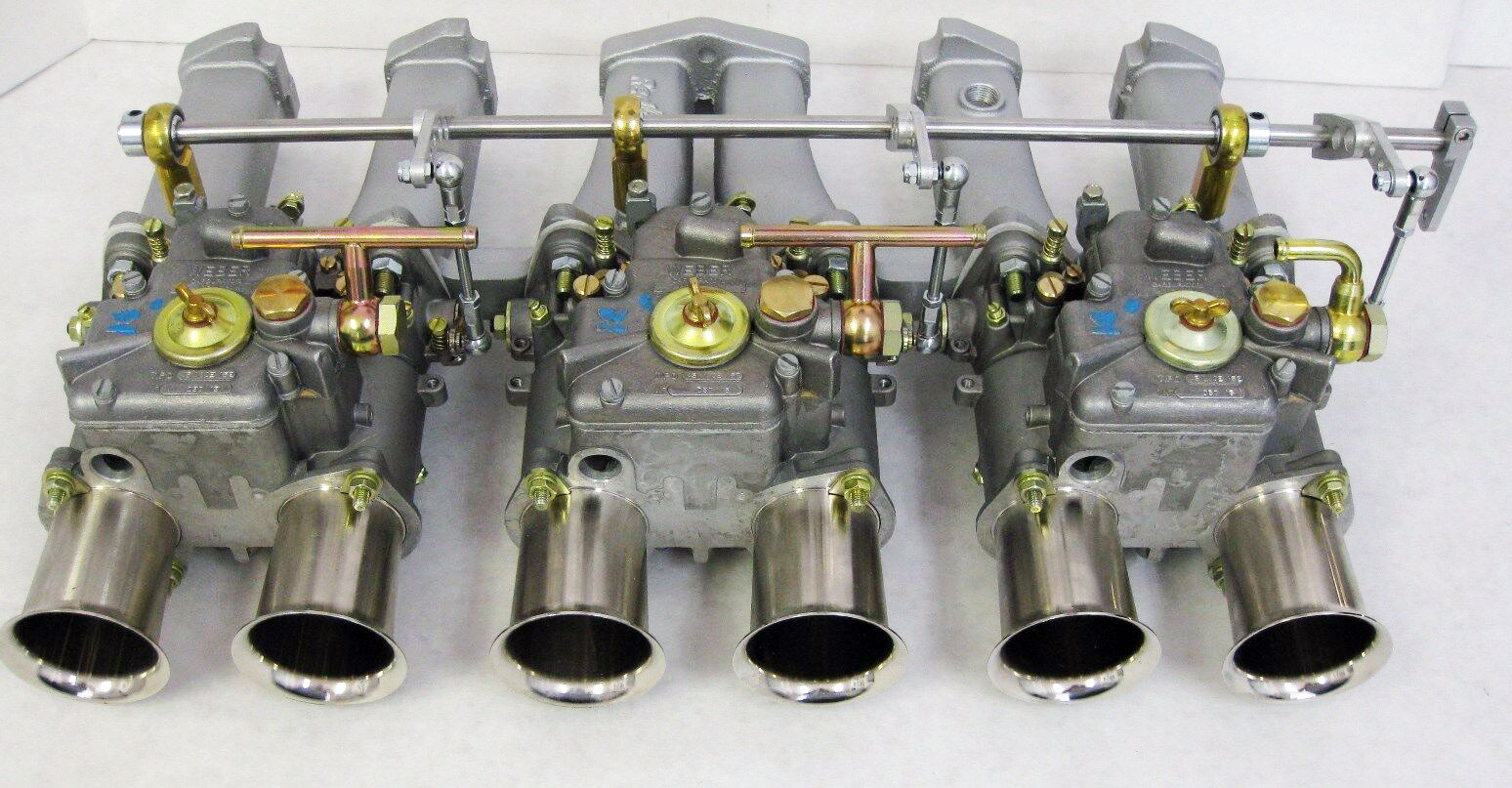
Triple carburetors are more adjustable but more complex.
Many enthusiasts prefer old-school carburetors because they are simple to tune and troubleshoot. Few things make a gearhead happier than turning an idle screw and hearing the engine change from a stumbling mess to a soft purr.
- Carburetors are very adjustable, which is good and bad. Tuners can swap the fuel jets for larger or smaller diameters. They can also adjust throttle or power valves—and the floats that regulate how much fuel is waiting to be sent into the intake.
- Carburetors are also susceptible to air leaks. Since the systems are designed to mix fuel with air, if the fuel delivery system has air leaking in or out of the set-up or there’s a vacuum failure, the air-fuel mixture will probably be off.
- A carburetor pushes fuel into the intake, but it is not precise and can send too much fuel, resulting in a rich mix that wastes unburnt gas.
If there are air leaks or the configuration doesn’t match specified designs, the solution is not to get a bigger one. Instead, you should tune the carburetor that’s appropriately sized for your engine.
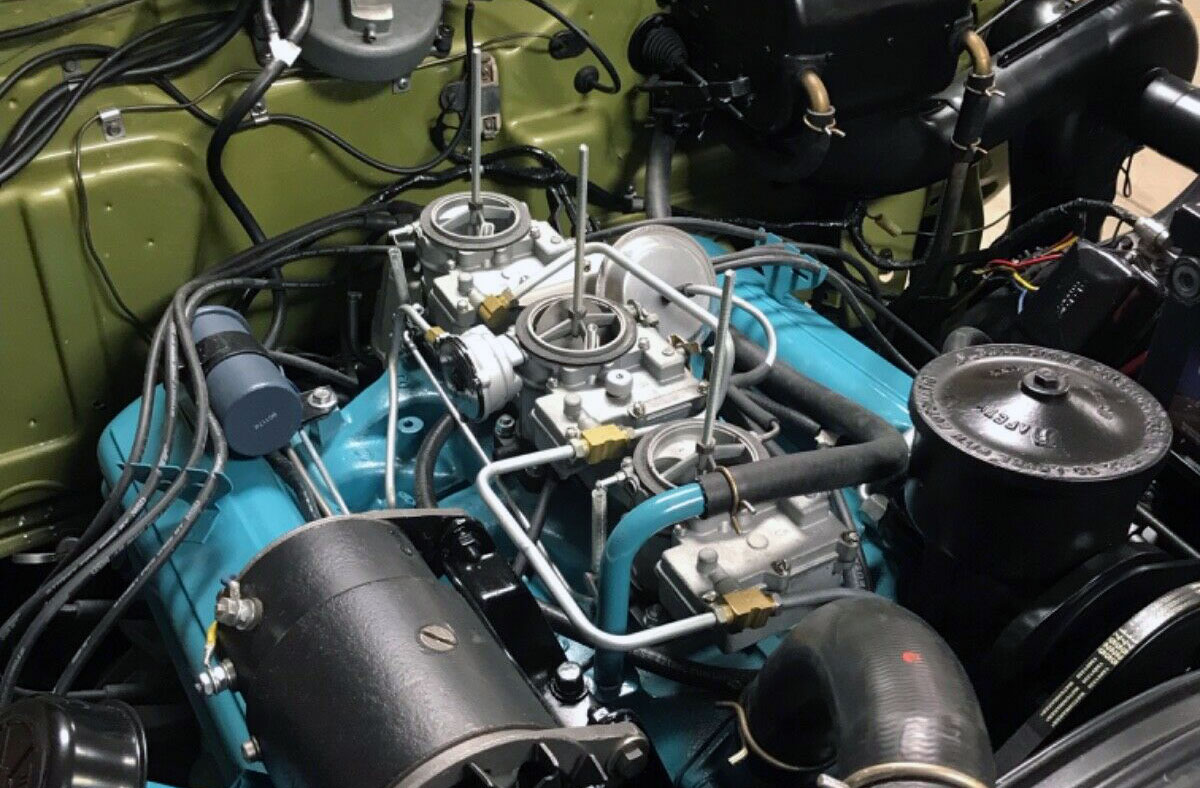
Pontiac Tri-Power
Performance drivers not satisfied with a four-barrel carburetor sometimes install a three-carburetor set-up. In many cases, the two carburetors on the ends offer the fuel during routine driving situations. And the middle carburetor handles things when you mash down on the gas pedal. However, there are other three-carb configurations. For example, with Pontiac’s Tri-Power, the car runs on the middle carb all the time. The two outer carbs act as a secondary supply.
Regardless, a three-carburetor set-up logically means you have three carburetors to tune—adding to the challenge of getting everything right.
An Alternative: Fuel injection
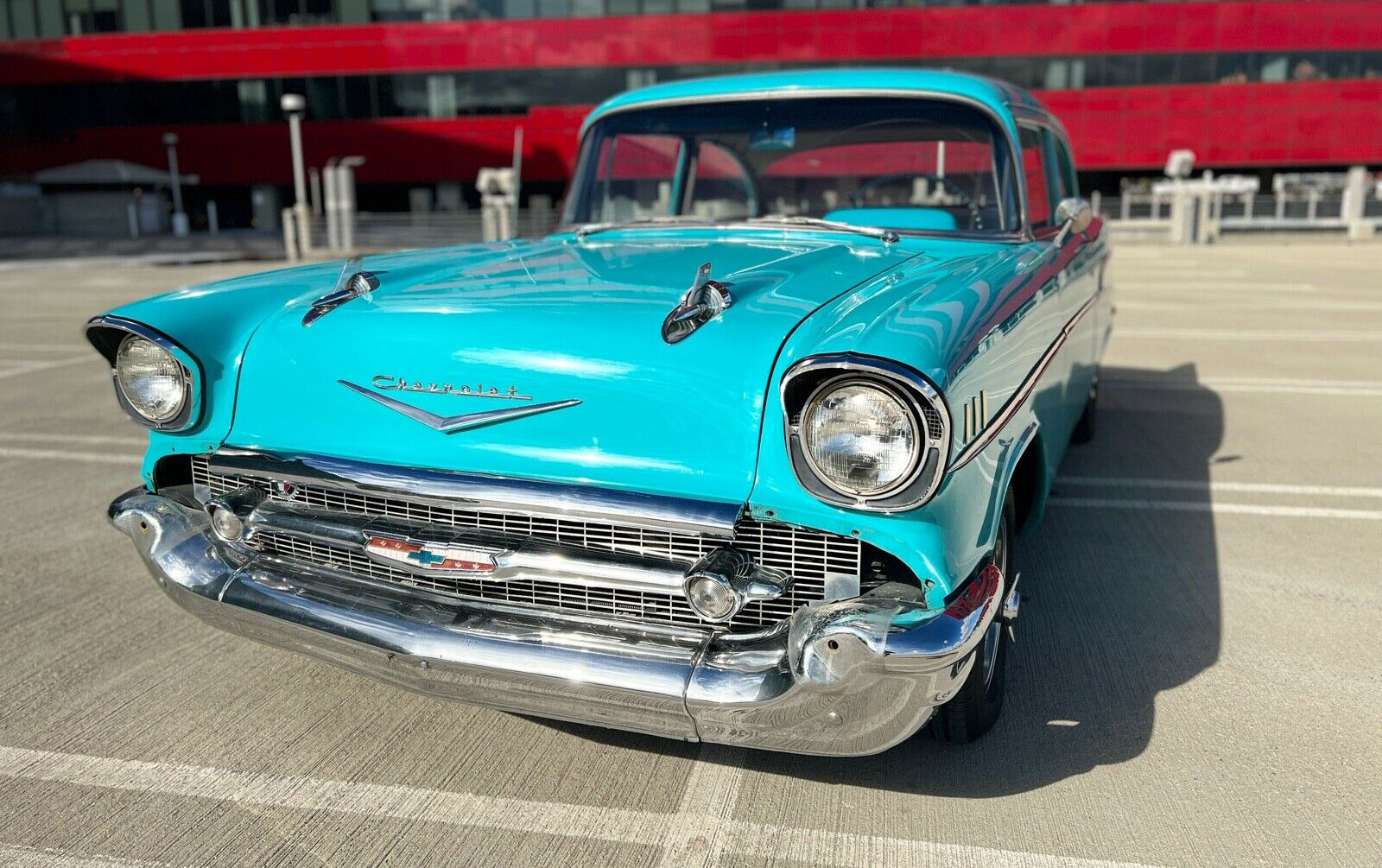
The Rochester fuel-injected V-8 debuted with models like the 1957 Chevy Bel Air.
Chevrolet introduced fuel injection in 1957. At first, the systems were complicated. Most mechanics lacked the training to work on those devices properly. All too often, owners junked and replaced these early fuel injection units with good old-fashioned carburetors.
However, there has been a ton of progress since those early days. The advances include multi-port injection, high-pressure fuel pumps, sequential fuel delivery, and ultra-precise, computer-controlled direct injection. Numerous sensors and powerful processors allow for instant adjustment of the fuel mixture. In addition, high-pressure injectors improve performance and efficiency.
Possible Fuel Injector Failures
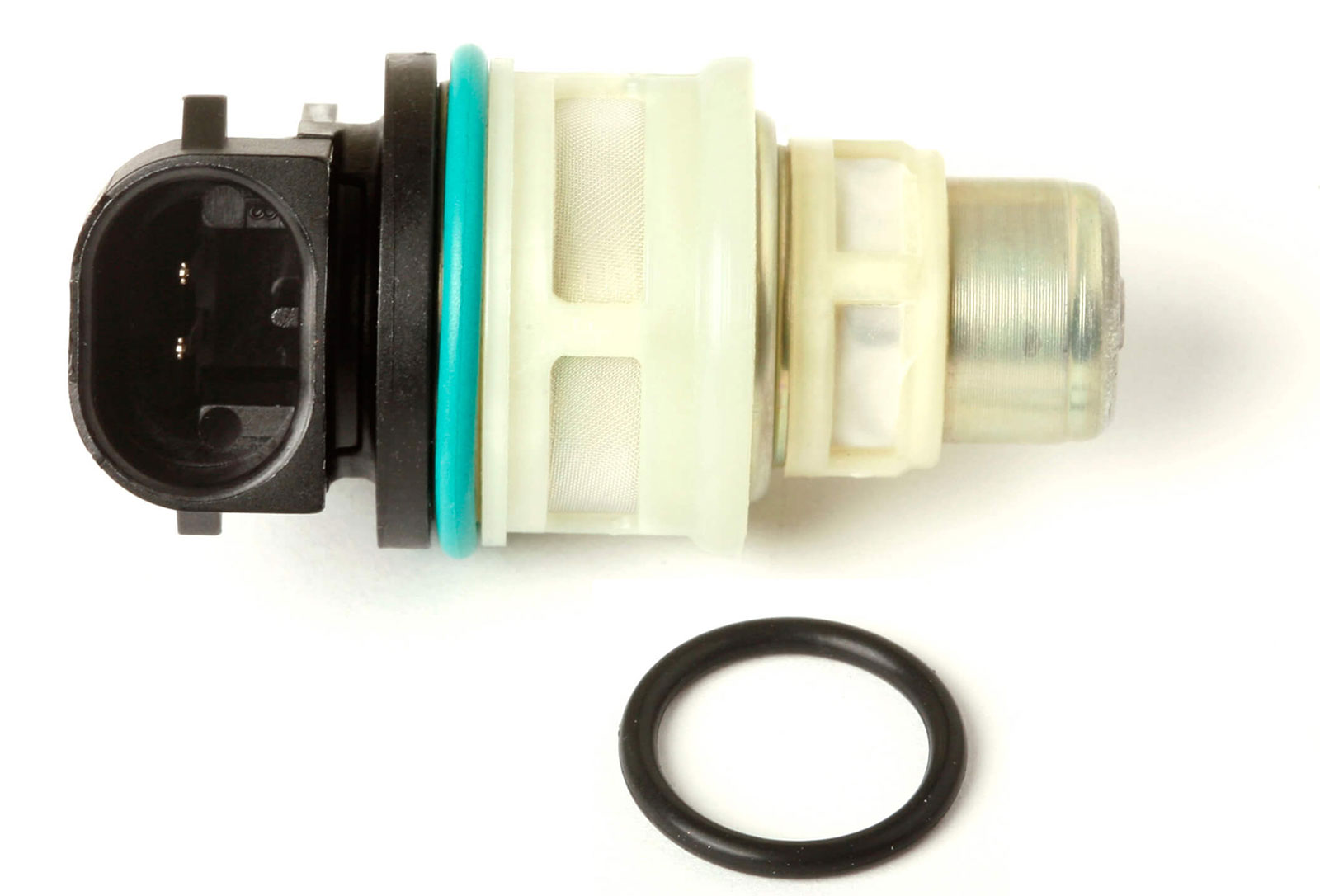
An O-ring helps seal the injector.
Of course, fuel injectors also can fail—and problems can be challenging to pinpoint. In most cases, you need to decipher codes via the car’s onboard diagnostics (OBD) port. Here are the likely suspects.
Clogs: Contaminants in the fuel can clog injectors. If enough junk passes through the fuel filter, it can completely plug the injector. A dirty injector might allow fuel through but not at a consistent rate. You can remove and clean the injectors or mix some injector cleaner with good-quality gas to see if that clears things up. Read about fuel injector cleaners.
Leaks: Most injectors have O-rings to help seal at the fuel rail. These can fail and leak gas either internally or externally to the engine. Drivers might smell the excess gas or detect a slight puddle around the injectors.
Mechanical failures: An injector has many moving parts, including a solenoid that can go bad. If these parts fail, you will notice lower gas mileage, poor performance, and the “check engine” light might turn on.
Pros and Cons: Carburetors vs. Fuel Injection
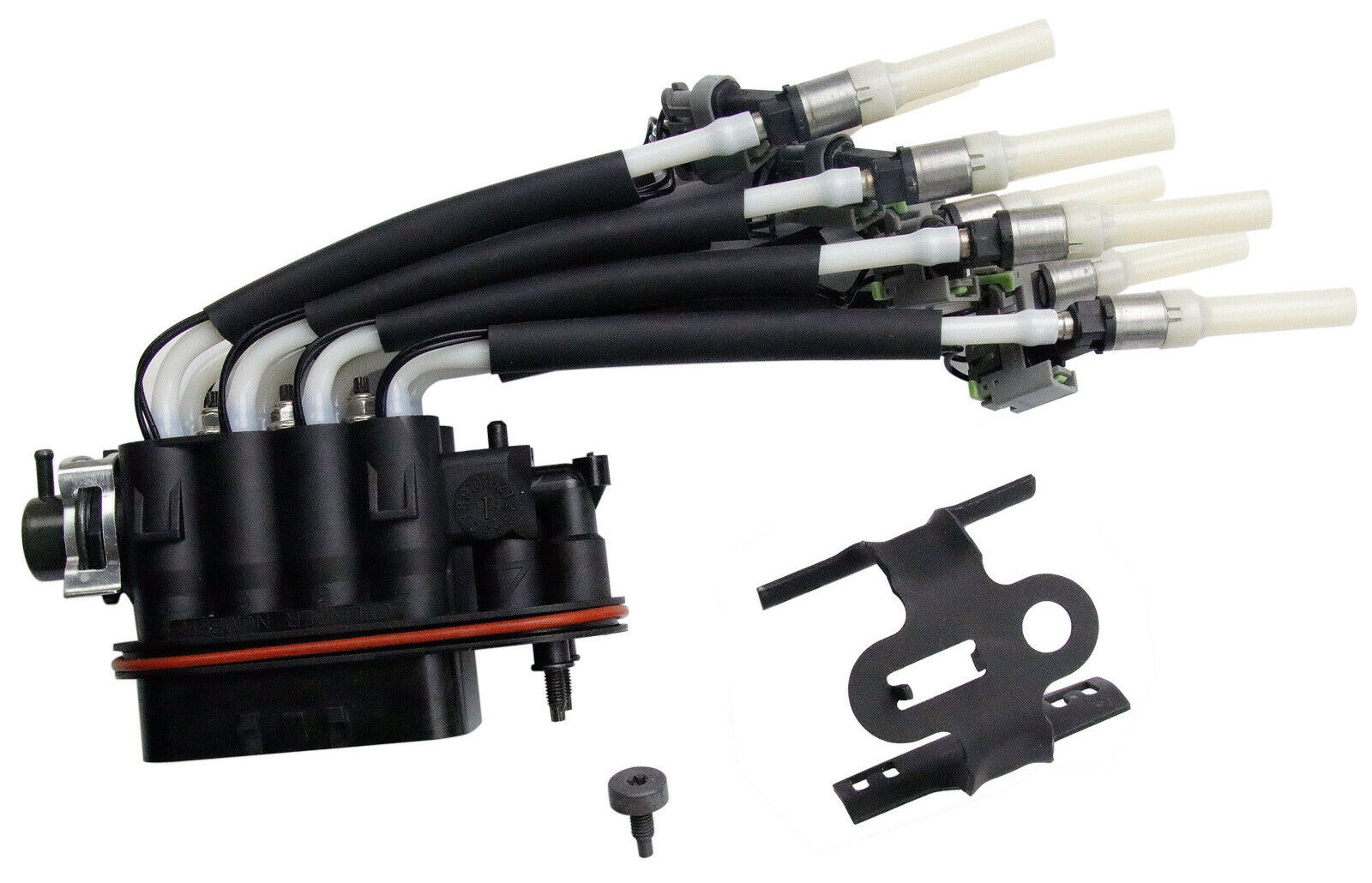
Fuel injector for Chevy pickup
Here’s a summary of the pro/con argument for carbs versus fuel injection:
- Carburetors are relatively inexpensive and less complicated. However, a carburetor is often inefficient. Throttle response might lag, and the mechanical parts are prone to failure without computer systems indicating what went wrong.
- Fuel injectors automatically modify the fuel-air mixture for optimal efficiency. As a result, the injectors offer better fuel economy and usually require less maintenance. On the other hand, fuel injection is usually more expensive and complex, relying on a network of sensors to function correctly.
It’s rare to swap the fuel-injection on a modern engine to a carburetor set-up. But it’s common to change things the other away around. Older engines relying on carburetors can upgrade to fuel injection for improved performance.
If your car already uses a carburetor, then it probably makes sense to keep it in place—and make sure it’s running correctly. Upgrading to injection is more than just adding injectors with an intake.
Shop now for fuel injectorsAn injection system also requires a slew of sensors to monitor various aspects of the engine’s performance. Fuel injector kits could help. If you’re planning an engine swap, that’s probably the best time to move forward. The performance and reliability of modern fuel injection technology are hard to beat.





